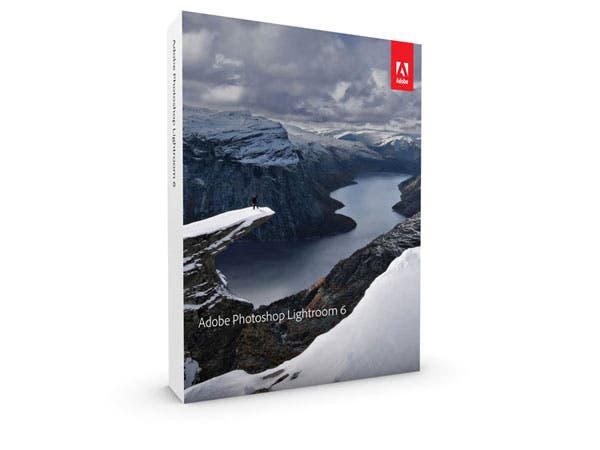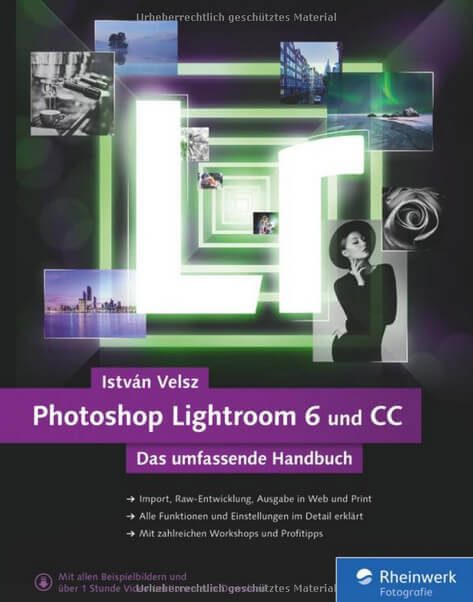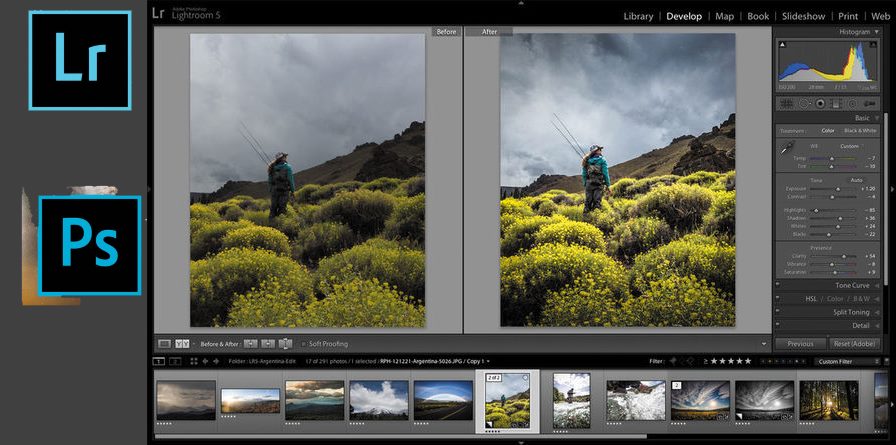

Lightroom Classic is simple to pick up but can take years to master – fortunately there are many helpful Lightroom resources.

Many photographers like to use Lightroom Presets or Creative Profiles to speed up photo edits. you can return to any edited or unedited state of your original file at any time). You can also edit JPG, DNG, TIFF, PSD, CMYK, PNG, video files, and since the Lightroom Classic 9.2 update, you can even edit enormous PSB files.Įditing is performed via a range of sliders and buttons and is entirely non-destructive (i.e. online).īoth Lightroom CC and Classic have RAW image editing as their core functionality. The key difference is that the former stores images locally, and the latter in the cloud (i.e.

There’s often confusion between Lightroom Classic vs Lightroom CC, since both apps reside on your desktop computer. (There are also Map, Book, Slideshow and Web features, but the majority of your time in Lightroom will be spent editing images.)Ī Lightroom Classic subscription also gives you access to Lightroom (aka Lightroom CC or Lightroom Mobile), a web-based image editor. Lightroom Classic allows you to organise, edit, print and share your photos.
#Adobe lightroom 6 reviews how to#
Adobe Lightroom is a desktop-focused RAW image editor.Ĭommonly referred to simply as ‘Lightroom Classic’, it requires a subscription to the Adobe Creative Cloud Photography Plan – see my guide on how to buy Lightroom, and this comparison of Lightroom 6 vs CC to see why it’s best to upgrade to the latest version.


 0 kommentar(er)
0 kommentar(er)
